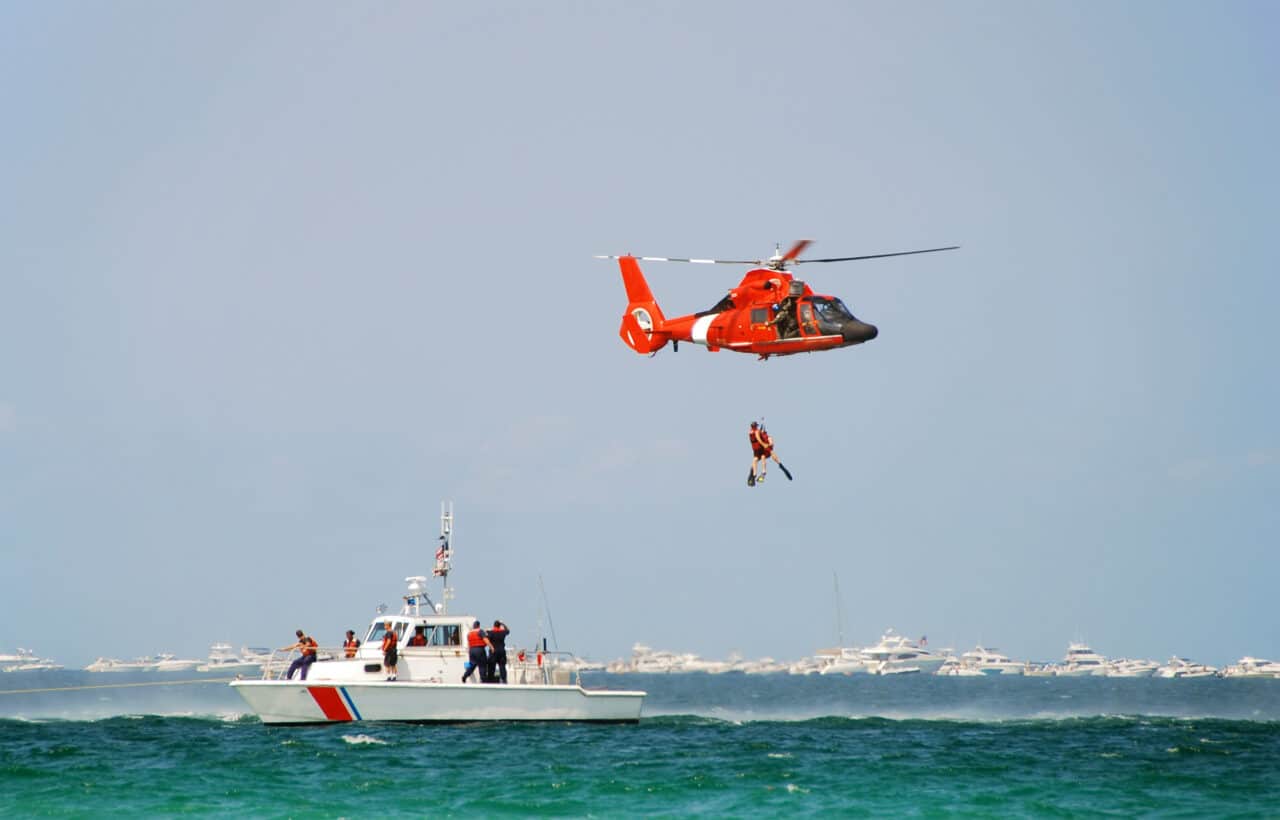Solutions
Creating a new system with precision training for all staff: Aptive experts are experienced in change management, knowledge management and organizational system integration.
Program and process analysis and recommendations
To better understand existing processes and establish repeatable business processes, Aptive analyzed existing programs and processes, including command onboarding, operational analysis procedures and personnel assignments. In addition, interviews with stakeholders identified organizational priorities and opportunities for improvement. Together, leadership and Aptive developed an integrated master schedule to roll out process improvement initiatives and projects to guide CG-761 in its change management journey and establish defined performance metrics.
Part of the process improvement was building the office’s intake tool by implementing Office 365 capabilities as best practices for organizational development, knowledge management and training. Through reports, briefings and meetings, Aptive consistently updates CG-761 on progress, gathers feedback, and adjusts program alignment.
Continuous improvement training
All personnel needed to thoroughly understand what it means to be an organization with a culture of continuous improvement and what business improvement processes CG-761 adopted. Aptive developed and provided staff training about onboarding, federal procurement, the function of the CG-761 office and Lean Six Sigma (LSS) yellow belt training and certification.
This training is conducted in person, virtually and on demand through USCG’s Office 365 Teams environment, where all training materials are stored for organizational access. Training includes real-world examples from CG-761’s business practices, handouts and supplemental materials. In addition, a champion LSS course is available for unit leadership to better understand continuous process improvement practices within the organization. Finally, to ensure continued organizational success, Aptive conducted a “train the trainer” session for select staff to learn how to conduct future trainings for new hires.


